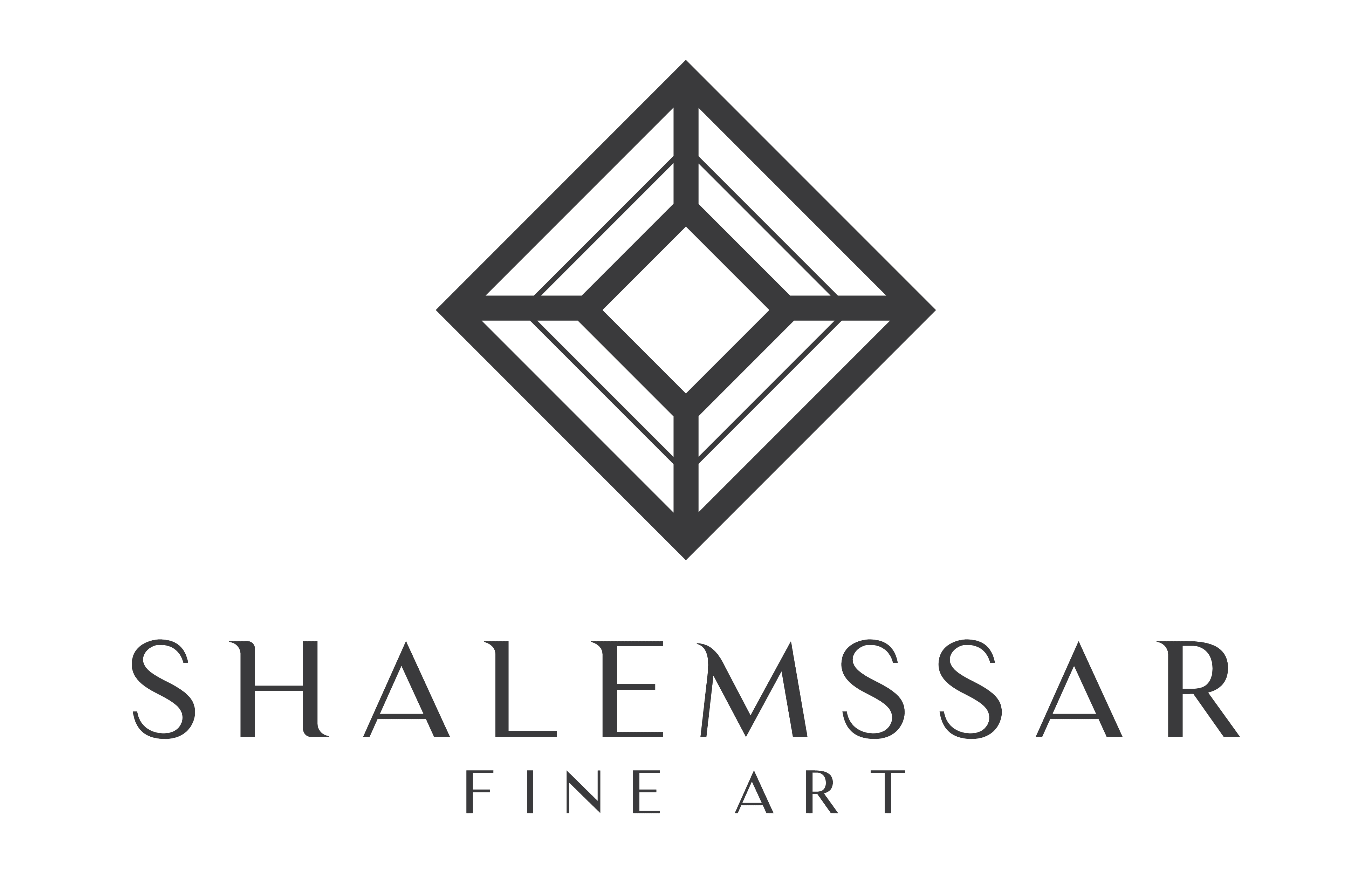
Nicolas de Stael
Russian born, Nicolas de Stael achieved much prominence in France and the United States in the late 1940s and 1950s. During the 15 years, which were the height of his career, he completed about 1000 paintings, with many of them Abstractions tied to Abstract Expressionism and Lyrical Abstraction, but others later in his career were closer to Realism. On his earlier abstract work, he used a palette knife, applying paint heavily, and worked to achieve contrasting effects of light and dark. “Typically his paintings contained block-like slabs of colour, emerging as if struggling against one another across the surface of the image.” However, his later paintings had thin applications of paint, and were much more subdued that his ‘signature’ style.
Nicolas De Stael had a difficult life as a child and during much of his early adulthood. He moved, at age four, to Poland in 1919 as a result of the Russian Revolution. His parents died in Poland, and orphaned, he and his sister were taken in 1922 to Brussels to live with a Russian family.
In 1932, he studied art in Brussels at the Academie Royale des Beaux-Arts. He traveled extensively around Europe, and lived in Paris in 1934 and Morocco in 1936. There he met Jeannine Guillou, a painter who became his companion and a model. That same year, he had his first art exhibition, watercolors and Byzantine-style icons, at the Galerie Dietrich et Cie in Brussels. From 1939 to 1941, he was in the French Foreign Legion, and then he and Jeannine moved to Nice where association with abstract artists Jean Arp, Sonia Delaunay and Robert Delaunay began his adoption of abstract styles.
During World War II, the couple lived in Paris, and he had several exhibitions with his first one-man exhibition being in 1944 at the Galerie l’Esquisse. However, they suffered horribly during the war, and Jeannine died of malnutrition in 1946. Shortly after, De Stael married Francoise Chapouton, and through friendship with the artist Andre Lanskoy, he was able to make contacts with Louis Carre, who agreed to buy all of the paintings he could finish. By 1947, De Stael was beginning to prosper, and he began getting widespread public attention. Contributing to his success were his friendships with prominent artists Georges Braque, whose studio was near his own, and Johnny Friedlaender, a German painter.
In 1950, he had his first New York exhibition, which brought purchases from Duncan Phillips of the Phillips Collection, and a gallery exhibition by Leo Castelli at the Sidney Janis Gallery. In 1953, his work was exhibited at the M. Knoedler & Co., and that same year at the Phillips Gallery in Washington DC. Shortly after that, he signed an exclusive contract with New York dealer Paul Rosenberg, who specialized in Cubist paintings. In 1954, Rosenberg held an exhibition of De Stael’s work that was a huge success, with Rosenberg requesting 15 additional paintings. The next year De Stael had another very well received exhibition in Paris, but his style was a return to realistic influences and included figures, still lifes and landscapes.
In 1954, he and his family of four children moved to Antibes, on the Mediterranean Sea in southeastern France. It was an area he began visiting often in 1953 because he was seeking a retreat due to increased bouts of mental depression. On March 16, 1955, he, age 41, committed suicide in Antibes by leaping to his death from his 11th story studio terrace.
